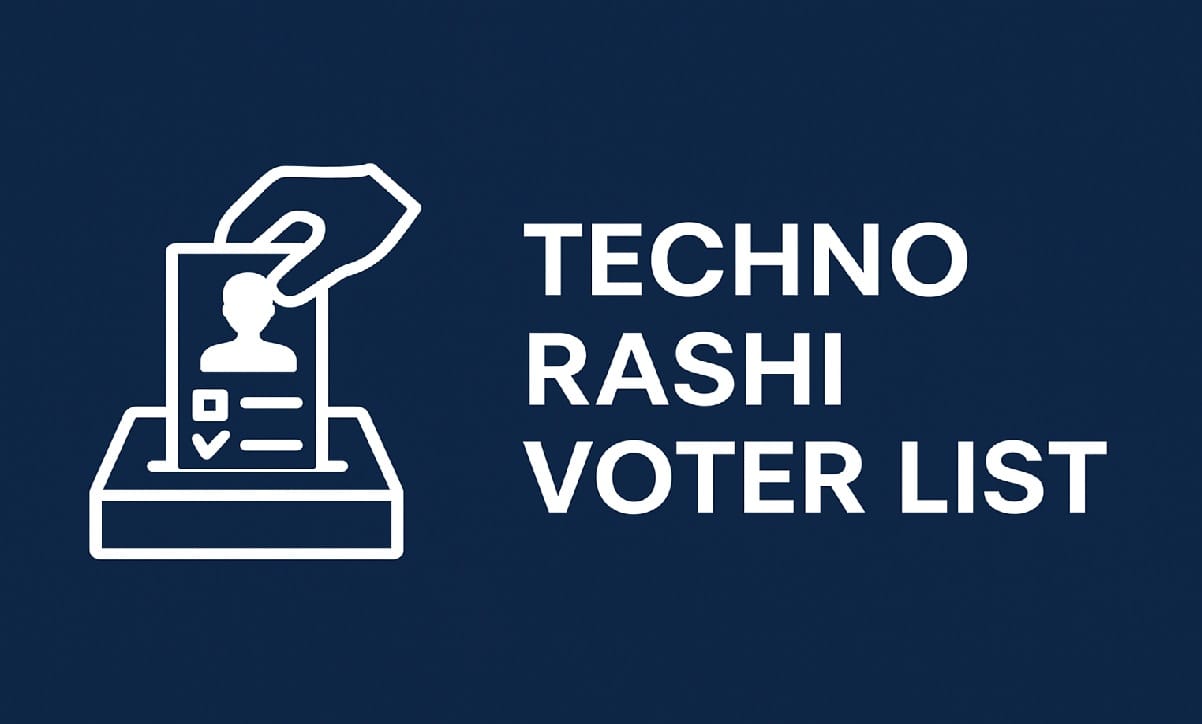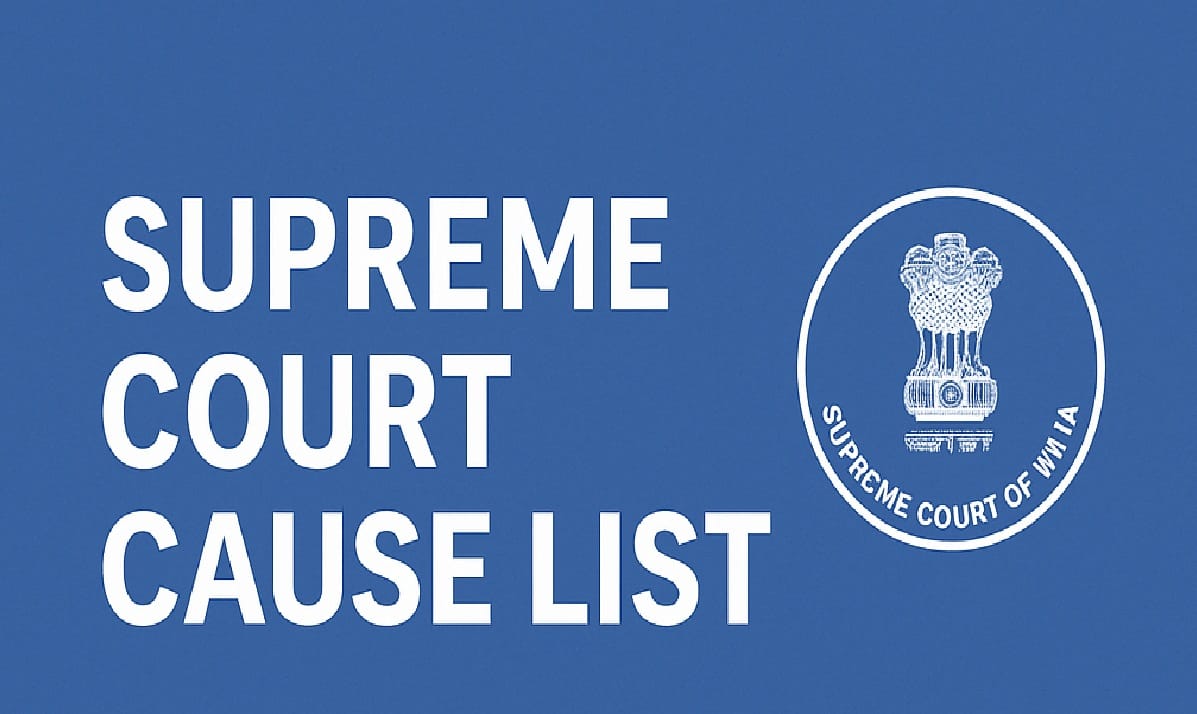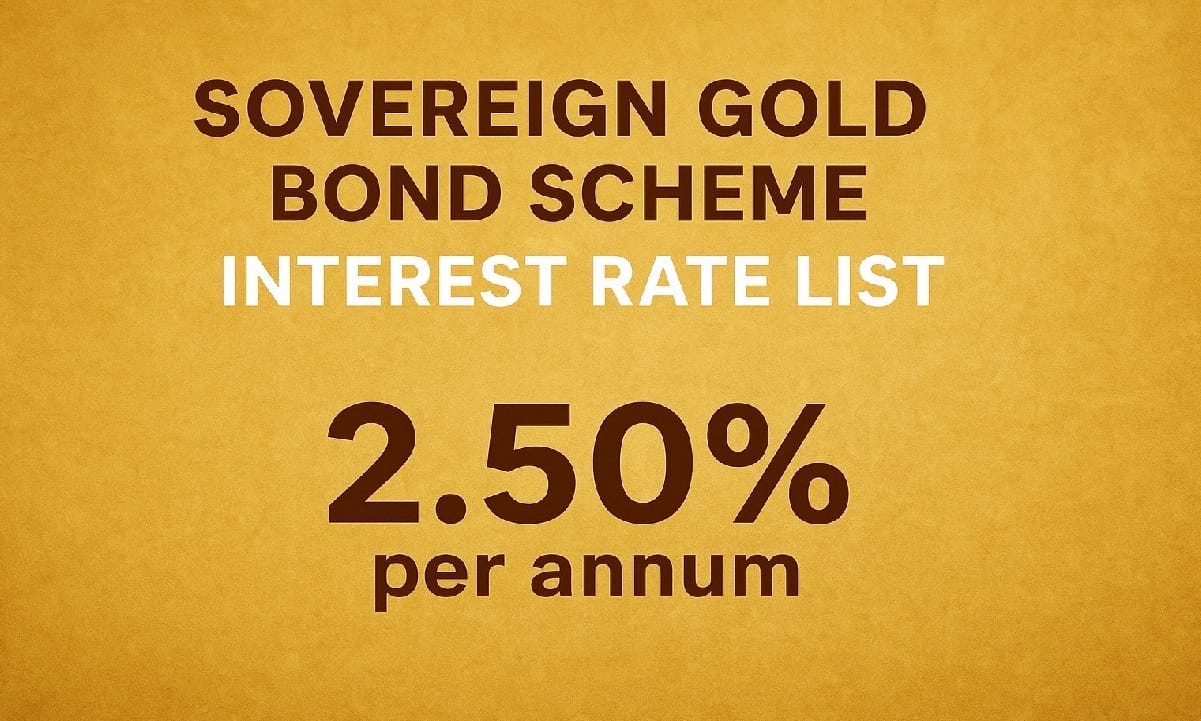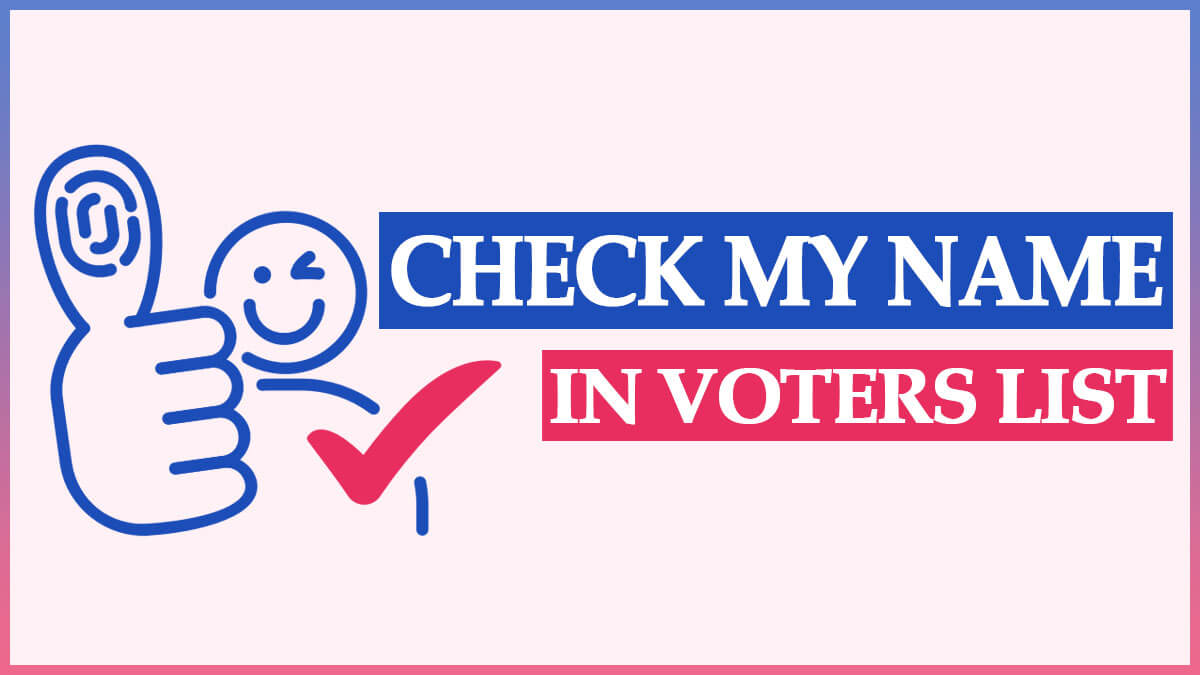Techno Rashi Voter List
Techno Rashi Voter List is a simple but powerful digital tool that helps voters stay informed and ready for elections. With easy access, quick search options, and downloadable data, it ensures that every eligible citizen can vote without confusion. What is the Techno Rashi Voter List? Techno Rashi Voter List refers to a digital or technology-driven voter list system used to simplify access to electoral rolls. It helps citizens check their voter name, EPIC number, polling booth details, part number, and ward information in a structured and searchable format. With elections around the corner in many states, such digital lists are extremely useful for public awareness and smooth voting. Features of the Techno Rashi Voter List Digital & Easy to Access The list can be checked online without visiting any government office. Search by Name or EPIC Number Voters can find their details just by entering their name, father’s name, or voter ID number. Clear Ward & Booth Information It shows the exact polling station, address, and part number to avoid confusion on election day. Updated Before Elections The list is revised before local body, Assembly, and Lok Sabha elections. Downloadable PDF Format Entire voter lists can be downloaded as PDFs for offline reference. How to Check the Techno Rashi Voter List Online Step 1: Visit your State Election Commission official website or the CEO (Chief Electoral Officer) portal https://voters.eci.gov.in/. Step 2: Find the option like "Search Voter List", "Electoral Roll PDF", or "Check Name in Voter List". Step 3: Choose your District, Constituency, Ward/Part. Step 4: Enter basic details such as: Name, Age, Father’s/Husband’s Name, EPIC Number. Step 5: View or download your Techno Rashi Voter List. Read : Check My Name in Voter List 2025 Download Voter ID Card with Photo PDF Why is the Techno Rashi Voter List Important? Many voters face difficulties like: Name missing from the voter list Incorrect spelling or address Confusion about polling booth Difficulty finding their ward or part number Techno Rashi list helps solve these issues by offering easy online access to updated voter data. Highlights of Techno Rashi Voter List Highlight Detail Purpose To provide a digital and easier way to access voter details For Whom All eligible voters across wards/constituencies Information Available Name, EPIC number, polling station, ward number, part number Type Online and downloadable voter list Usefulness Helps verify voter identity before elections Accessibility Mobile-friendly, easy to search Update Frequency Updated before major elections and revision periods Read : All State Final CEO Voter List 2025 India










